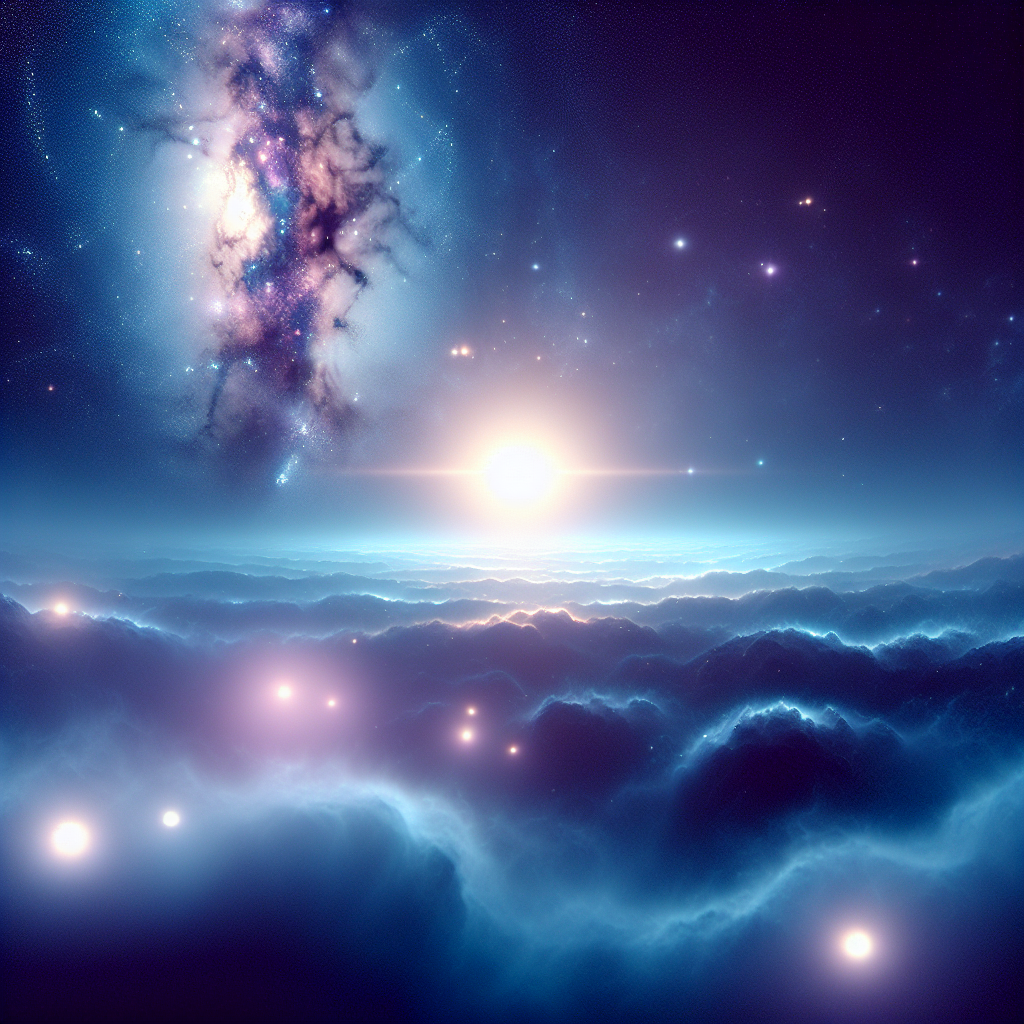Galaxy’s Light Switch at Cosmic Dawn Stuns Scientists
Summary
In a breathtaking discovery that’s leaving astronomers amazed, scientists have observed what appears to be a galaxy “switching on” during the universe’s mysterious era known as the “Cosmic Dawn.” This phenomenon—often theorized but rarely witnessed—suggests a moment when a galaxy first became visible as its stars burst into life, lighting up the surrounding intergalactic space. The find offers an extraordinary peek into how galaxies formed over 13 billion years ago, shortly after the Big Bang.
Discovered using the James Webb Space Telescope (JWST), the galaxy has been unofficially named within scientific circles as an “ignition point” due to how it appears to abruptly emerge from darkness to visibility. JWST’s infrared capabilities allowed researchers to detect light that began its journey when the universe was just 400 to 500 million years old—a mere blink in cosmic terms.
This breakthrough is drawing attention because it could signify a transitional stage in galactic evolution that bridges the “dark ages” of the universe with the era of reionization when the first stars and galaxies became active and visible.
What makes this galaxy so compelling isn’t just its age. It’s how seemingly sudden its appearance is, illuminating discussions surrounding how galaxies accumulate gas, begin fusion processes, and become observable from Earth.
This discovery is one of the earliest confirmed visualizations of a galaxy’s birth in the observable universe. It opens new pathways for scientists aiming to understand what kicked off galactic life and potentially the building blocks of cosmic evolution. With more high-resolution images and light-spectrum analyses coming from JWST, researchers are preparing for a clarity in deep space observation that was never before possible.













